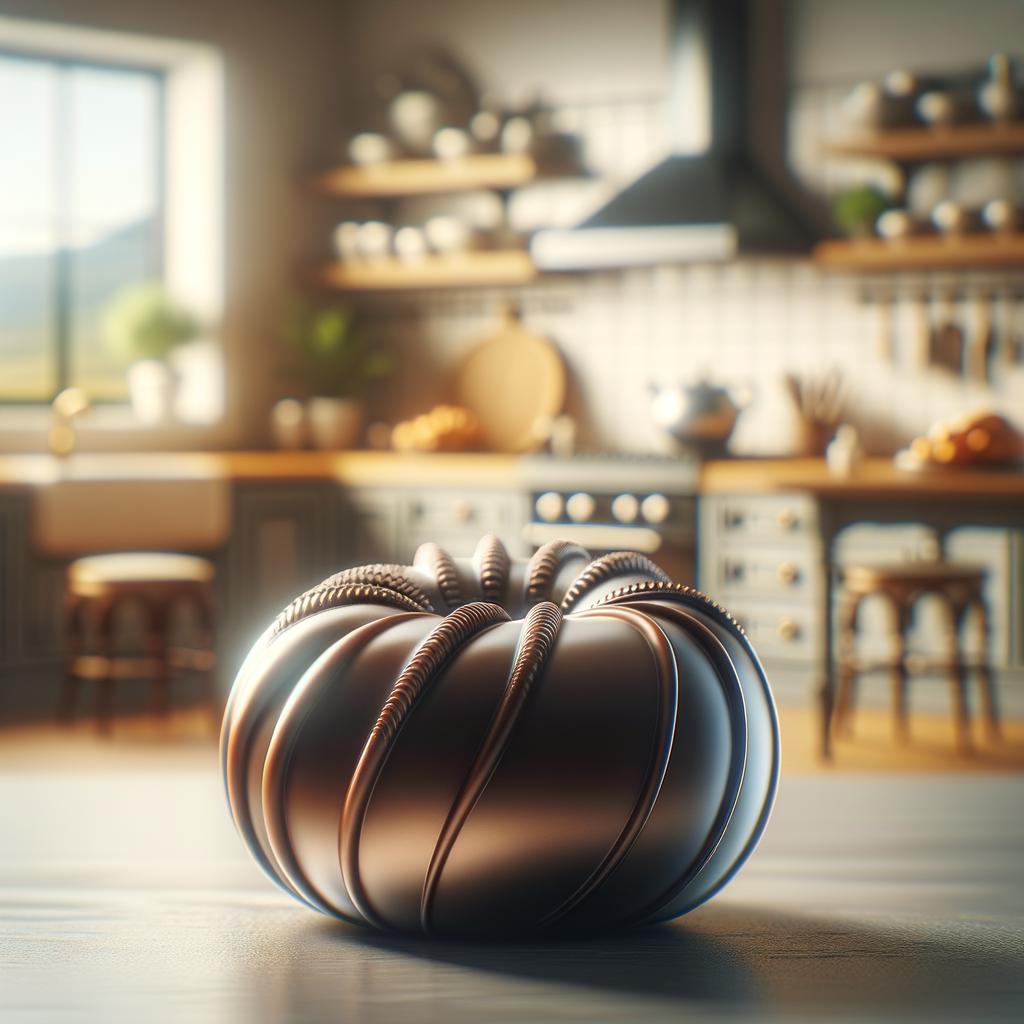for the Glaze:

Description
The glaze, a culinary gem, is a glossy, often sweet, sometimes savoury, coating or topping for a range of dishes. It's a versatile ingredient that can be a simple syrup or a complex reduction, but always adds a touch of elegance and a burst of flavor. Its appearance is akin to liquid gold, shimmering under light, and its texture is smooth and silky, coating food with a thin, glossy layer. The flavor profile of a glaze can range from sweet and fruity to tangy and savory, depending on the ingredients used to make it. Its unique characteristic is its ability to impart a beautiful sheen and an intense flavor to dishes, setting it apart from similar ingredients like sauces or dressings.
Primary Uses
Glazes are commonly used in cooking to add flavor, color, and shine to a variety of dishes. They can be brushed on meats, drizzled over desserts, or used as a decorative element in gourmet cuisine. Glazes are a key component in dishes across a range of cuisines - from the shiny top of a French tarte tatin, to the caramelized crust of a barbecued American spare rib, to the glossy finish of a Japanese teriyaki dish. Besides culinary uses, glazes have cultural significance too, often used in festive dishes to symbolize prosperity and celebration.
History
The history of glazes is as rich and varied as the ingredient itself. From its early origins in the East where it was used to enhance the flavor and appearance of food, to its adoption in the West where it became a staple in pastry and meat dishes, the glaze has travelled far and wide. Over time, its use and popularity have evolved, with modern cuisine using it as a tool for creative expression and flavor enhancement. A fun folklore associated with glaze is the story of a French chef who, in a bid to impress his king, accidentally caramelized sugar and used it to glaze an apple tart. The result was so delicious that it became a royal favorite, and thus, the glaze was born.
Nutritional Information
The nutritional value of a glaze largely depends on its ingredients. A simple sugar glaze is high in carbohydrates and calories, while a balsamic reduction glaze provides small amounts of iron and potassium. Some glazes made with fruits or herbs can offer vitamins and antioxidants. However, due to their concentrated nature, glazes should be used sparingly to avoid excessive sugar or sodium intake. Compared to similar ingredients like sauces, glazes can pack a lot of flavor in a smaller amount, potentially reducing the overall calorie content of a dish if used wisely. As always, balance and moderation are key in enjoying this culinary delight.

